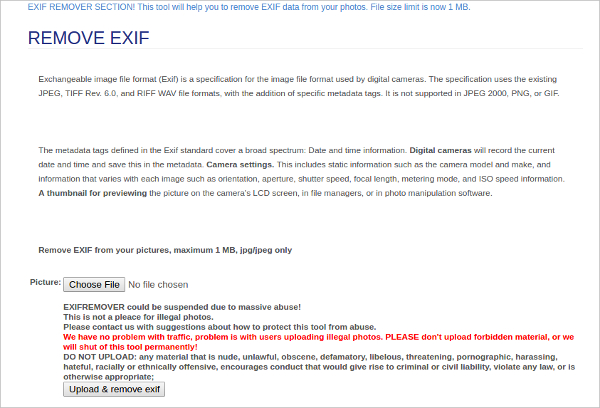

Select the Move tool, hold down the Shift key, click in the working document's window, and drag and drop into the new document's window. If the two documents are in different color spaces, click the Advanced button and then choose a color profile from the pop-up menu.Ĥ. To do that, go to File ^ New and then, from the Preset pop-up menu, select the working document. Create a new document and make sure that it has the same dimensions as the document on which you are working. In the File Info dialog box, save any info other than the EXIF data: Select the Advanced option and then click the Save button at the base of the dialog box.ģ. Open the document containing the camera EXIF data.Ģ.

Furthermore, depending on your resources and the size of the document, large documents may take too long to preview when you enter the dialog box.Īnother method involves a little workaround and goes like this:ġ. You can do this by using Save for Web, but the problem is that you are limited to saving the image as a JPEG or PNG-24 and will need to open it and save it again if you wish to send it in another format. Together, the categories can include the make of camera and model, date/time when you made the capture, shutter speed, aperture value, ISO speed rating, focal length, lens type, and other data that you may consider too sensitive to divulge.Īlthough Photoshop may not let you edit the EXIF data, you can strip it from the file altogether. That's when you discover Photoshop refusing point-blank to edit the metadata categories for Camera Data 1 and Camera Data 2 or to exclude the categories when you come to save the file. However, having made use of the data, you will have occasions when you do not want to impart this data to a client. Digitally captured images include camera EXIF data that applications and plug-ins can use to process and correct images, such as autocorrecting distortion or vignetting.


 0 kommentar(er)
0 kommentar(er)
